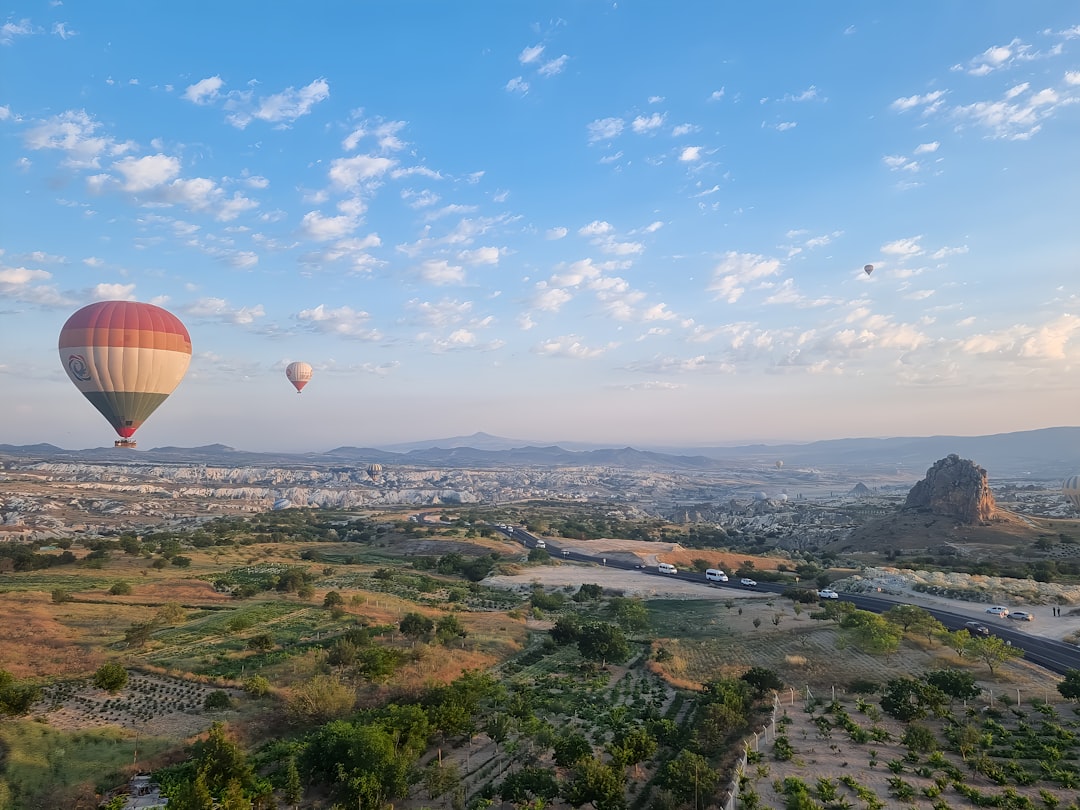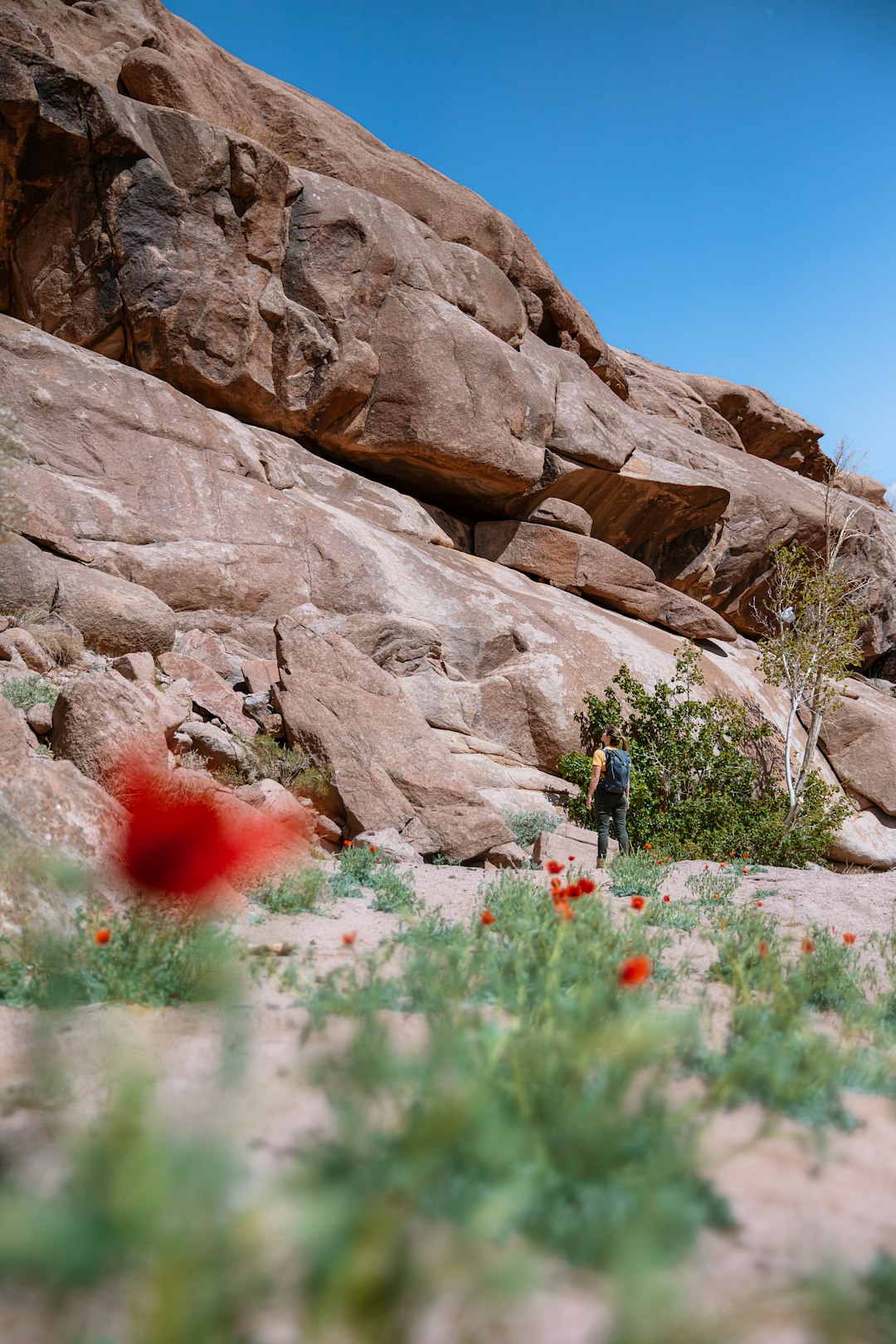
Unleashing Your Inner Explorer: Adventures to Experience
### Introduction. Adventure travel is a growing trend among thrill-seekers, and for good reason. Not only does it allow for unparalleled experiences, but it also offers a chance to connect with nature, test your limits, and create lasting memories. Whether you’re a seasoned adventurer or a novice looking for something new, there’s no shortage of places to explore. In this blog post, we will delve into some thrilling activities you can enjoy on your next adventure. ### 1. Hiking in National Parks. One of the most accessible ways to embark on an adventure is through hiking, with national parks offering some of the best trails in the world. Parks like **Yosemite**, **Banff**, and **Torres del Paine** are famous for their breathtaking landscapes and diverse ecosystems. Hiking allows you to immerse yourself in nature, witness spectacular views, and enjoy a sense of tranquility away from the hustle and bustle of daily life. When embarking on a hiking adventure, consider the trail’s difficulty level, what to pack for safety and comfort, and how to leave no trace. Guided hikes are also available for those wanting an expert's insight into the flora and fauna you might encounter. ### 2. White-Water Rafting. For those who love adrenaline-pumping activities, white-water rafting can offer an exhilarating experience. Rivers like the **Colorado River** in the U.S., the **Zambezi River** in Africa, and the **Ganges River** in India provide thrilling rapids that challenge even experienced rafters. Safety is paramount when rafting, so ensure you’re equipped with the right gear and that you are with a certified guide if you’re a beginner. The camaraderie developed while battling the river's force makes this adventure all the more special. Plus, the stories and laughs shared during the experience are often what make the adventure unforgettable! ### 3. Zip-Lining Through the Canopy. Imagine soaring through a lush forest at speeds that get your heart racing, all while surrounded by the vibrant sounds and sights of nature. Zip-lining has gained immense popularity as a way to explore the treetops without harming the environment. Destinations such as **Costa Rica** and **Whistler**, Canada, provide world-class zip-lining experiences. While zip-lining is generally considered safe, it’s essential to dress appropriately and follow the guidelines provided by operators. Make it an adventure for your senses by combining zip-lining with a nature hike to observe wildlife up close. ### 4. Scuba Diving in Coral Reefs. The underwater world is a realm filled with beauty, mystery, and adventure. Scuba diving in renowned locations like the **Great Barrier Reef** in Australia, **Red Sea** in Egypt, and the **Galápagos Islands** not only allows you to explore intricate coral ecosystems but also places you face to face with incredible marine life. Before you dive deeper, it’s crucial to undergo a certification course if necessary. Many tour operators offer guided dives, making it a safer and more enlightening experience. Remember, practicing sustainable diving techniques is critical to preserving these magnificent underwater habitats for future generations. ### 5. Safari Adventures. For wildlife lovers, embarking on a safari is an adventure of a lifetime. Destinations like **Kenya**, **Tanzania**, and **South Africa** have some of the best safari experiences that offer insights into the delicate balance of ecosystems and fantastic opportunities to observe majestic wild animals in their natural habitats. Exploring the savanna in specially designed vehicles, guided tours can enrich your understanding of local wildlife. Whether you choose a more luxurious lodge or a rough-and-ready camping trip, the thrill of witnessing the ‘Big Five’ is unmatched. ### 6. Rock Climbing and Bouldering. Scaling mountains or challenging rock faces invokes a sense of achievement that few adventures can match. Iconic locations like **El Capitan** in Yosemite, **The Dolomites** in Italy, and **Joshua Tree** in California offer climbing routes that cater to varying skill levels. Safety is paramount in climbing; therefore, attending climbing classes or hiring a guide as you develop your skills is advisable. Enjoying the outdoors while also fostering camaraderie among fellow climbers can be a rewarding aspect of this activity. ### 7. Cultural Experiences and Immersion. Adventure doesn’t always have to involve extreme sports; cultural activities offer enriching experiences that connect you with new places and people. Activities such as cooking classes, local festivals, or traditional dance workshops can provide profound insights into a destination's culture. Consider traveling to places like **Kyoto** in Japan for traditional tea ceremonies, or **Marrakech** in Morocco for cooking classes. Each experience can connect you with the local community, turning your adventure into a rich tapestry of human history and connection. ### Conclusion. Adventuring is about stepping outside your comfort zone, whether through challenging physical activities, exploration of nature's splendors, or immersion into different cultures. The thrill of the unknown, paired with exploration, leads to personal growth, newfound friendships, and invaluable insights into the world we inhabit. So, pack your bags and set out on your next adventure. There’s a universe of experiences waiting to be uncovered. .








